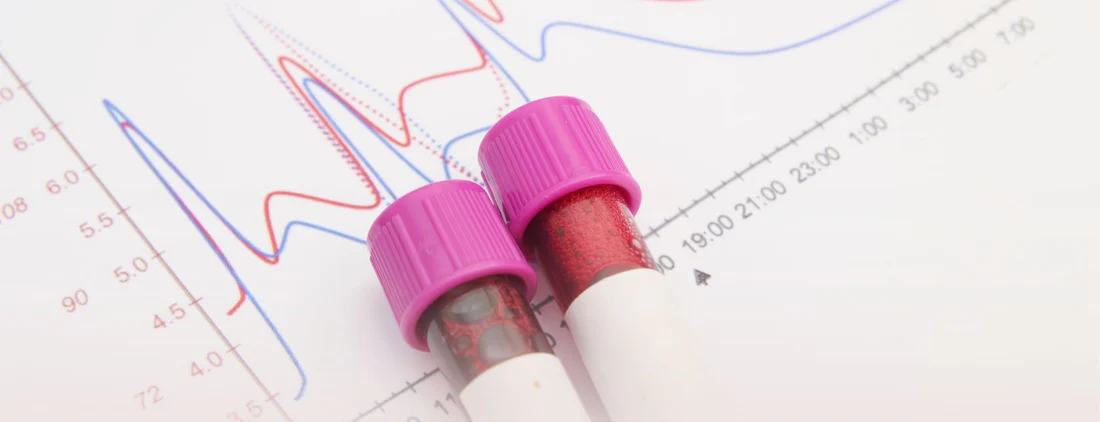
PREGNANCY
Understanding Low Fetal Fraction in NIPT: What You Really Need to Know
As an OBGYN who’s guided thousands of patients through genetic testing decisions, I know how anxiety-producing it can be to receive a “low fetal fraction” result on your NIPT (Non-Invasive Prenatal Testing). Let’s break this down into clear, understandable information that will help you navigate this situation.
What is Fetal Fraction, Really?
Think of your blood during pregnancy as containing a mix of your DNA and tiny fragments of DNA from your placenta (which usually matches your baby’s DNA). Fetal fraction is simply the percentage of DNA in your blood that comes from the placenta. For NIPT to give reliable results, we typically need between 1-3.5% of the DNA in your blood sample to be from your baby.
Why Might Your Fetal Fraction Be Low?
Several factors can influence your fetal fraction, and many are completely normal:
Your Weight Matters: This is actually one of the biggest factors. If you weigh over 180 pounds, you’re more likely to have low fetal fraction. This isn’t because anything is wrong – it’s simply because:
-
You have a larger blood volume, which dilutes the baby’s DNA
-
There’s more DNA from your own tissues present
-
Your body might have increased inflammation affecting DNA levels
Timing is Everything: Testing too early (before 10 weeks) often results in low fetal fraction because the amount of baby’s DNA in your blood increases throughout pregnancy. Between 10-20 weeks, it increases slowly (0.1% per week), then more rapidly (1% per week) until term.

What Does Low Fetal Fraction Mean for Your Baby?
Here’s what I want you to know: a low fetal fraction result usually doesn’t mean anything is wrong with your baby. Most often, it simply means we need to repeat the test. The success rate for repeat testing is 60-80%, especially if you:
-
Wait 1-2 weeks before retesting
-
Test in the second trimester if you’re over 180 pounds
-
Ensure optimal sample collection
Your Next Steps
If you’ve received a low fetal fraction result, here are your options:
-
Repeat the NIPT: This is often the first choice, especially if you’re early in pregnancy.
-
Consider Alternative Screening: We can look at traditional screening methods like first-trimester combined screening and detailed ultrasound examination.
-
Consider Diagnostic Testing: If you’re already considered high-risk or receive a no-result late in the second trimester, you might want to consider diagnostic testing like amniocentesis.
A Personal Note
I know receiving a “no result” can be scary, but remember – this is about the test’s limitations, not necessarily about your baby’s health. Many patients who initially received low fetal fraction results went on to have completely normal test results and healthy babies.
Looking Forward
Whatever path you choose after a low fetal fraction result, know that your healthcare team is there to support you. Don’t hesitate to ask questions or express concerns. Sometimes just understanding why this happened can help ease the anxiety of this experience.
Sources: ACOG Practice Bulletin on Cell-free DNA Screening, Recent studies on fetal fraction in NIPT, Clinical experience in prenatal genetic counseling.


